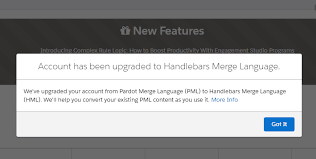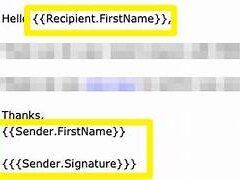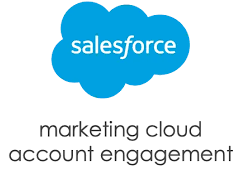Introducing Handlebars Merge Language (HML), a transition away from Pardot-specific merge language towards a unified approach with Salesforce, utilizing shared variable tags. This shift simplifies email creation, reducing the need for translation between systems and streamlining your processes. What is Handlebars Merge Language?
Merge fields play a vital role in personalizing campaigns by allowing you to store custom information about contacts. Each merge field is represented by a merge tag, such as |FNAME|.
Merge Fields and Handlebars Merge Language
Templates with merge in Salesforce leverage merge fields to personalize emails sent from templates, making the process of sending tailored emails quicker and easier. Merge fields act as placeholders in emails, replaced with Salesforce data upon sending.
As of June 12, 2020, Handlebars Merge Language is enabled by default for all new Account Engagement accounts. For existing accounts not yet utilizing HML, Account Engagement admins can opt to upgrade from Account Engagement Merge Language (PML) to HML for personalizing marketing assets.

The benefits of upgrading to HML include improved workflows, an enhanced merge field picker for easier navigation, support for conditional content statements, and readiness for new functionalities like the Account Engagement Lightning Email Builder and Landing Page Builder.
Handlebars Merge Language Upgrade
To upgrade, Account Engagement admins can access the dashboard, locate the upgrade banner, and initiate the transition to HML. However, there’s currently no mandatory upgrade, though future feature enhancements will be built on HML.
HML is available across various Account Engagement formerly Pardot, assets, including email templates, list emails, dynamic content, landing pages, forms, and user signatures. While there are differences between PML and HML, such as format and usage, most functionalities remain intact with HML.
Once upgraded, all new assets must use HML, and existing PML assets can be converted individually with a built-in conversion tool. Active Engagement Studio programs, completion actions, and automation rules continue to function normally with PML templates.
HML Limitations
However, there are limitations with HML, such as a cap of 200 merge fields and 10 pieces of dynamic content in an email or template. Additionally, custom fields displaying multiple responses cannot be used as merge fields with HML.
Once upgraded, HML is a permanent change and cannot be reverted. However, it provides a stronger platform for advanced personalization features and smoother integration with Salesforce.
Content updated April 2023.












